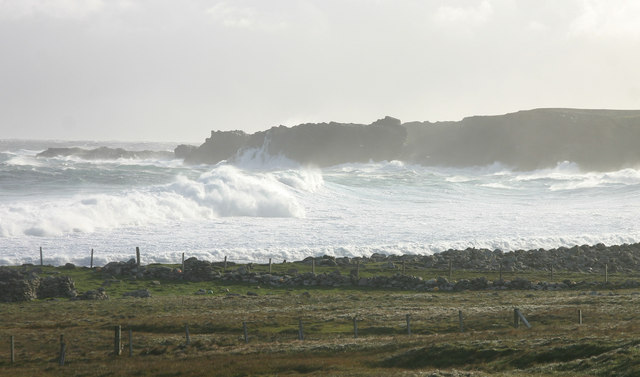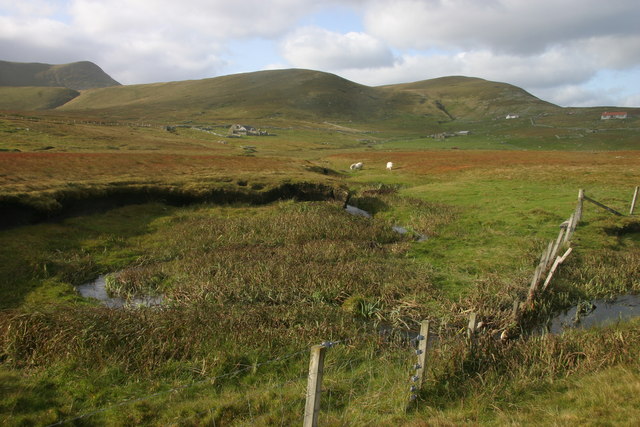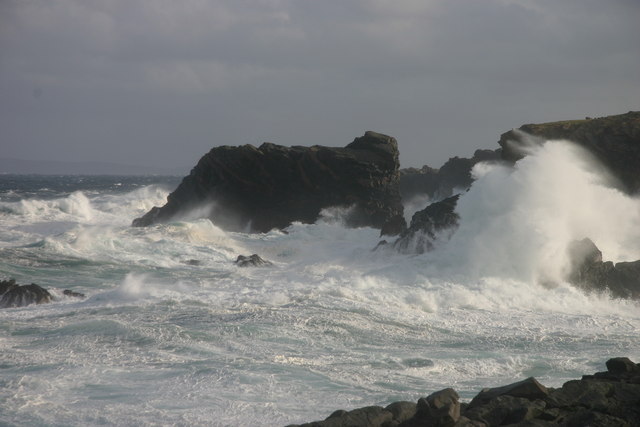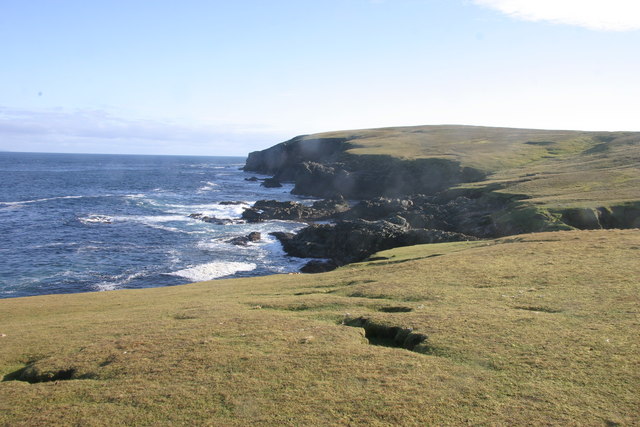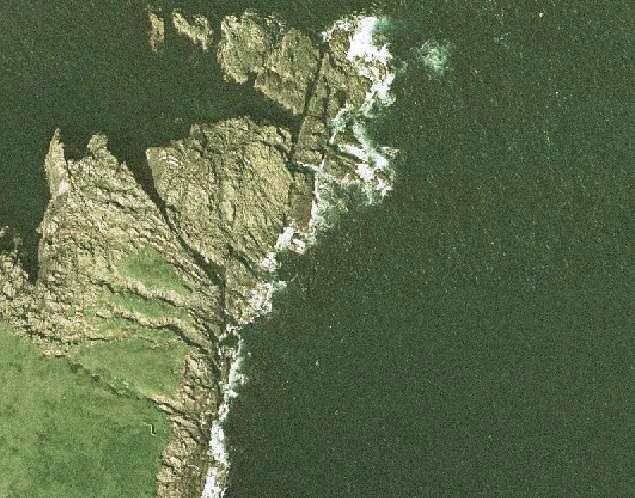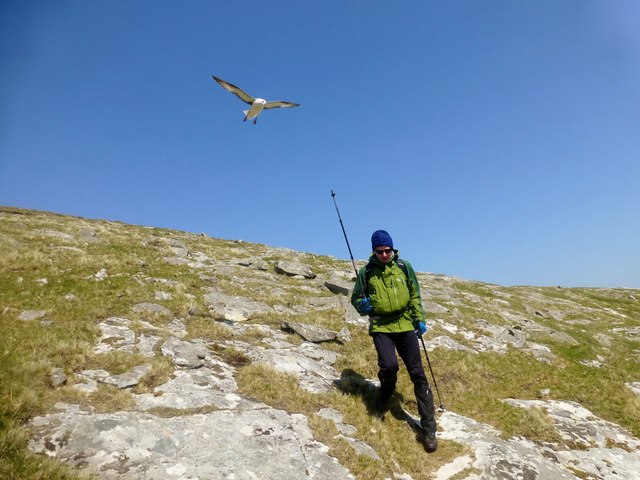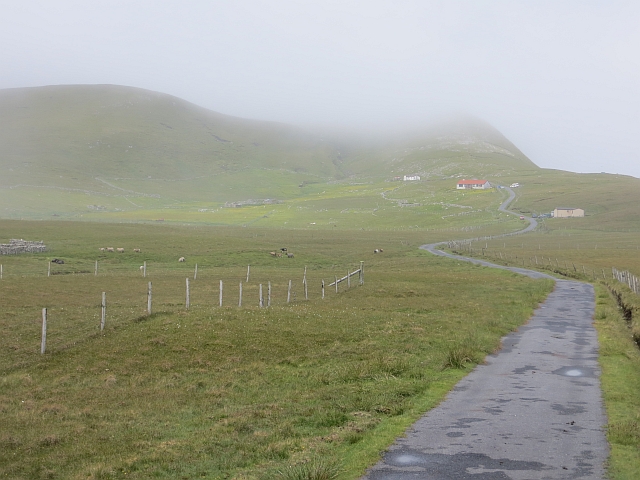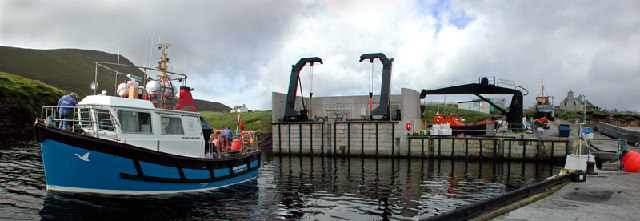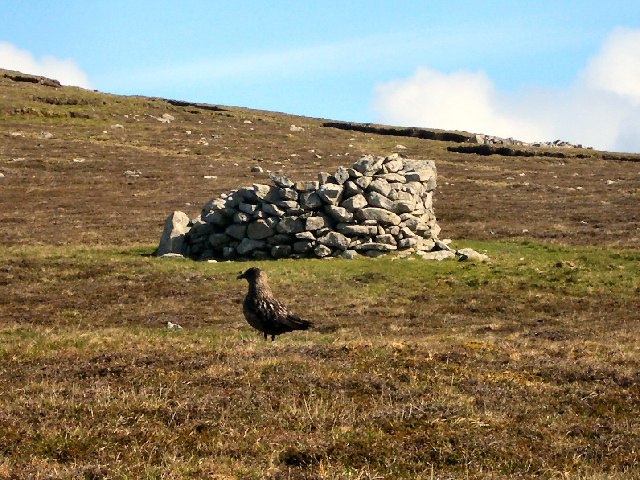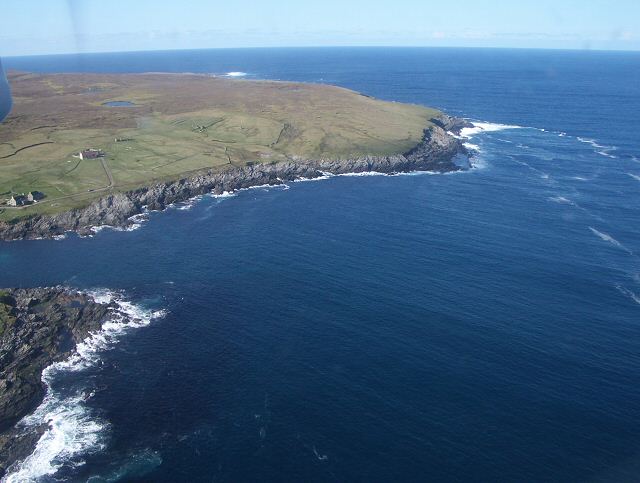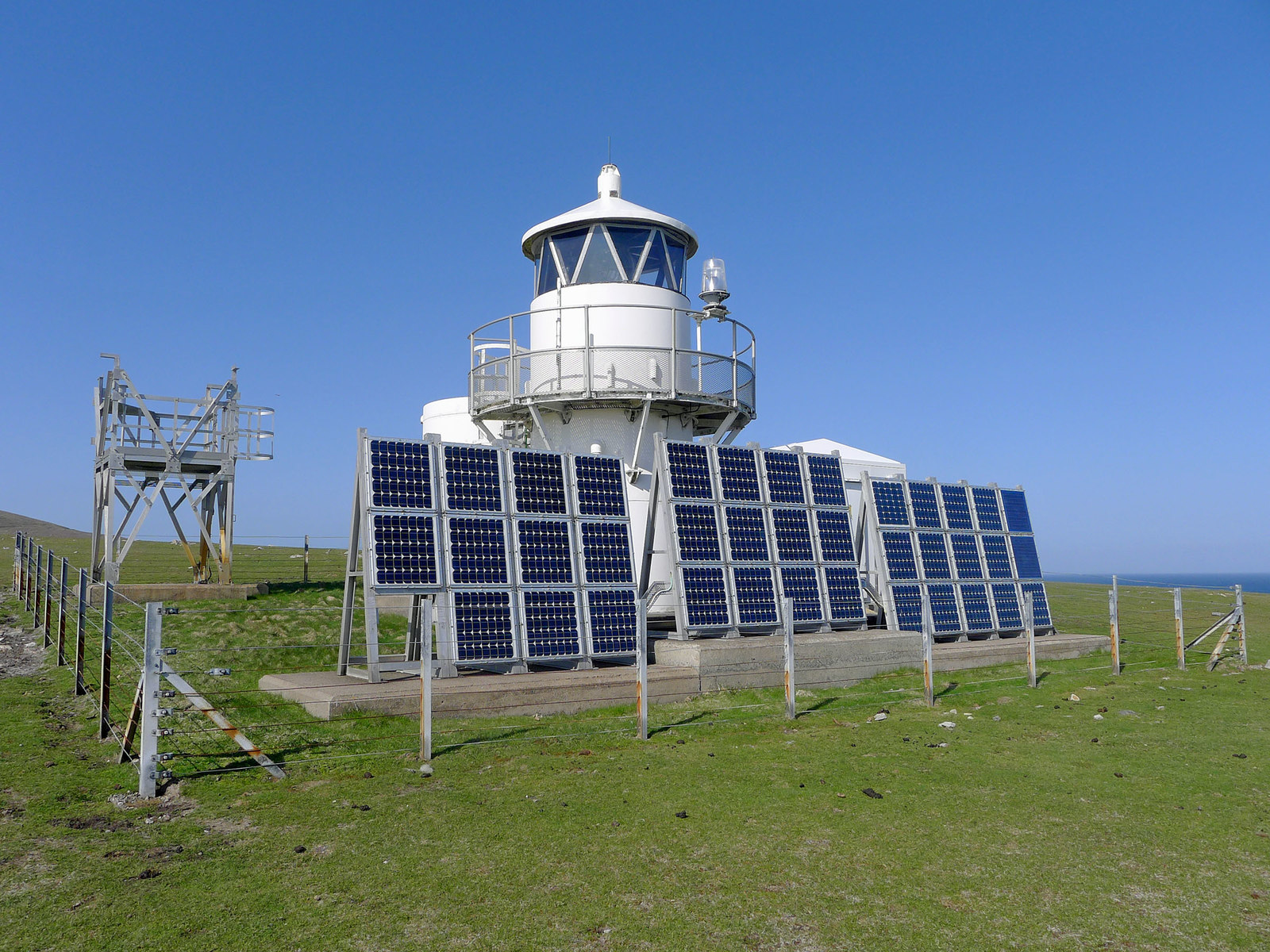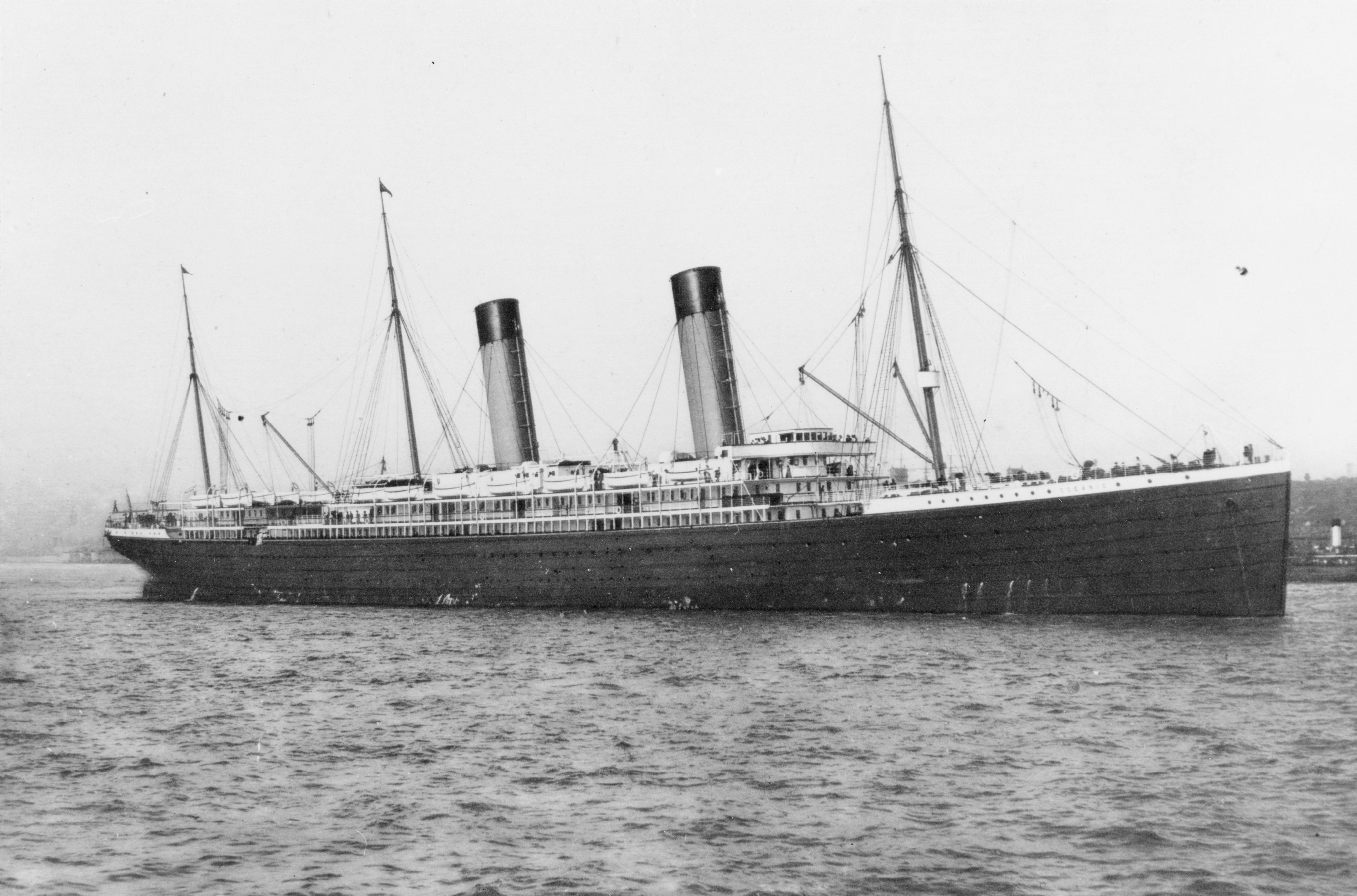Da Dry Loch
Lake, Pool, Pond, Freshwater Marsh in Shetland
Scotland
Da Dry Loch
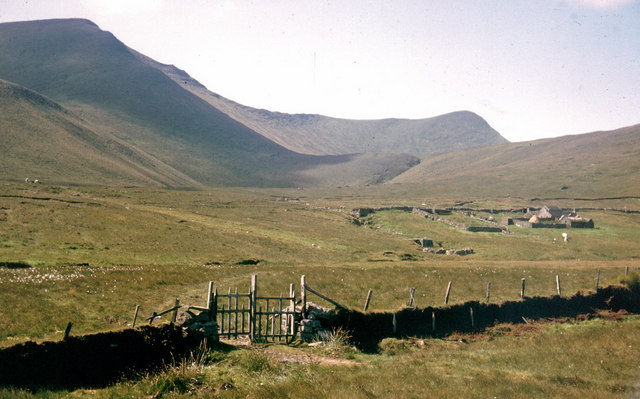
Da Dry Loch, located in the Shetland Islands, is a unique freshwater marsh that holds significant ecological and cultural value. Despite its name, it is not a loch in the traditional sense but rather a shallow pool or pond. The site covers a relatively small area, measuring approximately 0.5 hectares.
The marsh is surrounded by a diverse range of vegetation, including reeds, sedges, and rushes. These plants create a dense and vibrant habitat that supports a variety of wildlife. Common species found in the area include waterfowl such as ducks and geese, as well as wading birds like snipe and lapwing. The marsh also provides a haven for small mammals and amphibians, including voles and frogs.
Da Dry Loch plays an essential role in the local ecosystem. It acts as a natural water filter, purifying the surrounding freshwater and improving water quality. The marsh also helps to regulate water levels, preventing flooding during heavy rainfall and ensuring a steady water supply during drier periods.
Beyond its ecological significance, the site holds cultural importance to the local community. It is believed that Da Dry Loch has been a gathering place for centuries, with evidence of human activity dating back to prehistoric times. The area is also steeped in folklore and has inspired numerous tales and legends.
Efforts are being made to preserve and protect Da Dry Loch and its surrounding ecosystem. The site is designated as a protected area, and measures are in place to manage human impact and maintain the delicate balance of the marsh's ecosystem.
If you have any feedback on the listing, please let us know in the comments section below.
Da Dry Loch Images
Images are sourced within 2km of 60.141049/-2.054396 or Grid Reference HT9739. Thanks to Geograph Open Source API. All images are credited.
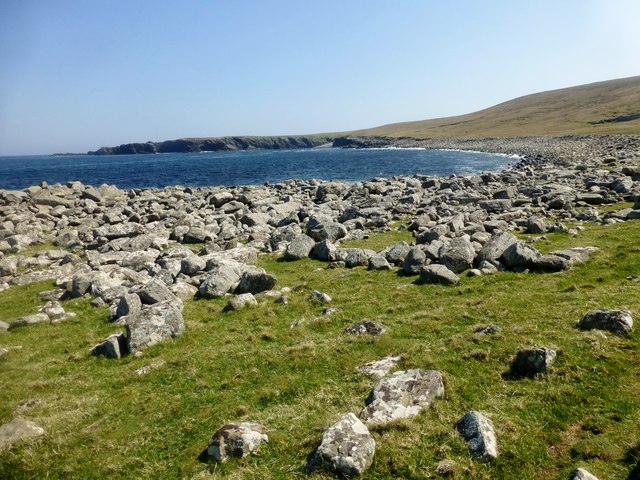
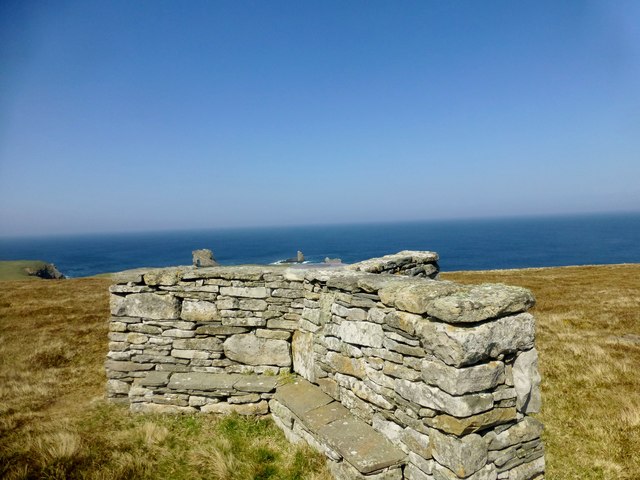
Da Dry Loch is located at Grid Ref: HT9739 (Lat: 60.141049, Lng: -2.054396)
Unitary Authority: Shetland Islands
Police Authority: Highlands and Islands
What 3 Words
///prawn.consults.outdone. Near Walls, Shetland Islands
Related Wikis
Foula
Foula (), located in the Shetland archipelago of Scotland, is one of the United Kingdom's most remote permanently inhabited islands. Owned since the turn...
Foula Airfield
Foula Airfield (IATA: FOA) is an airfield located on the remote island of Foula, part of the Shetland Islands in the north of Scotland. == History == The...
RMS Oceanic (1899)
RMS Oceanic was a transatlantic ocean liner built for the White Star Line. She sailed on her maiden voyage on 6 September 1899 and was the largest ship...
Nearby Amenities
Located within 500m of 60.141049,-2.054396Have you been to Da Dry Loch?
Leave your review of Da Dry Loch below (or comments, questions and feedback).
